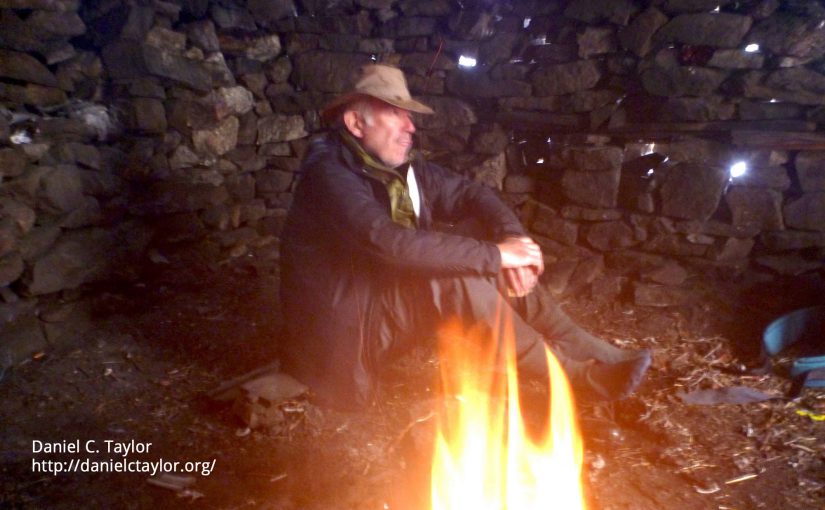
Tag: yeti
Media Coverage of My New Book “Yeti: The Ecology of a Mystery”
Solving the Mystery of Himalayan Yeti – Daniel C. Taylor
Strikingly, the Yeti of the Himalaya exists. Unlike other human-animal legends, for the “Abominable Snowman” there is a one-hundred-year, claim to being real. Footprints. Neither myths nor ghosts make footprints, and certainly not spectres. If footprints … a real animal is out there walking.
These footprints have been photographed by eminent scientists and explorers—finding many footprints across a century suggests a population; moreover, a population that is reproducing. So the quest is not for one mysterious freak animal. And because these footprints range in length from seven to fourteen inches, also suggested is a population of big and little Yetis
All this is described in Oxford University Press’s new book – YETI: The Ecology of a Mystery. Until the explanations provided in this book, this mystery persisted despite numerous expeditions across the years. Forays went high and low into the mountains and valleys, and the only discoveries repeatedly found were the footprints.
I ultimately found the animal—and tranquilized it. Knowing then what to look for, I was able to explain the footprints … all of them. That quest took half a century, since 1956. But, while the footprints made the original mystery, answering this footprint mystery did not explain a larger Yeti.
Again and again, haunting questions came. People could not refute facts of footprint—but they called to explain something more. The idea of the Yeti conjures up the great beyond. Icon, idol, entry into The Wild—opened up are new mysteries into our human relationship with existential mysteries of life.
In chasing the animal of the footprints, a search interesting, sometimes dangerous, presented then puzzles: What to do with this animal when I caught it? Put it in a zoo, treat it like a monkey? Bring “a snowman” home as with a human guest? Might it be dangerous … so the safe move is to shoot it, then put it into a museum?
To “capture” the animal there were questions of engagement—how to communicate? If met in Nepal, should I speak Nepali? If met while searching the Tibetan region of China, should I speak Tibetan? OR … might the hospitable approach be to offer food, perhaps a granola bar, or more graciously, and with some humility, sitting down opening my backpack and pulling out a sandwich?
The questions may seem humorous—but when searching high Himalayan snows decade-after-decade … or leech-infested jungles—they are questions one does not want to first answer when unexpectedly discovering the animal. I searched the 1,800-mile west-to-east length of the Himalaya from Kashmir to the Burma border, and the 300-mile breadth from Nepal to central Tibet.
Finally, I realized that all Yeti prints were made going uphill, a chastening discovery. If all prints were going uphill, then the mountain was making the animal. I was searching for an unknown feature of some probably known animal’s print making. Explaining that, though, did not answer the question. Deeply keeping the Yeti alive is its identity as icon and idol. Let me share a few words from YETI, The Ecology of a Mystery, about that quest.
“For after explaining the footprints, and discovering a new understanding of the wild (and biology itself, termed bioresilience) my journey undertaken with many colleagues created national parks. We approached this not in the then customary mode of protecting species (in this case the Yeti and its jungle neighbours) but finding a new approach with which national parks are managed. For if the nature of Nature has changed because of people, to live with this new, a new method is needed to ground human actions.”
In Nepal and China’s Tibet, lands between Earth’s greatest human populations of India and China, was implemented a new way of living with Nature, people as partners. Makalu-Barun National Park in Nepal was established. Then in the Tibet Autonomous Region of China, Qomolangma (Mt Everest) National Nature Preserve, at the time the largest protected area in Asia. The quest for the Yeti is more than footprints of a mystery, or an understanding of icon or idol, but a quest to understand the meaning of Nature in our ourselves.

